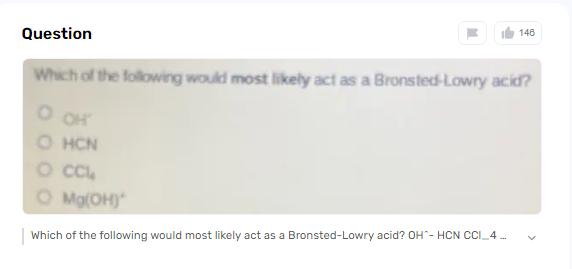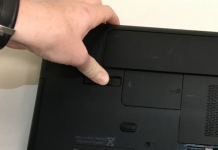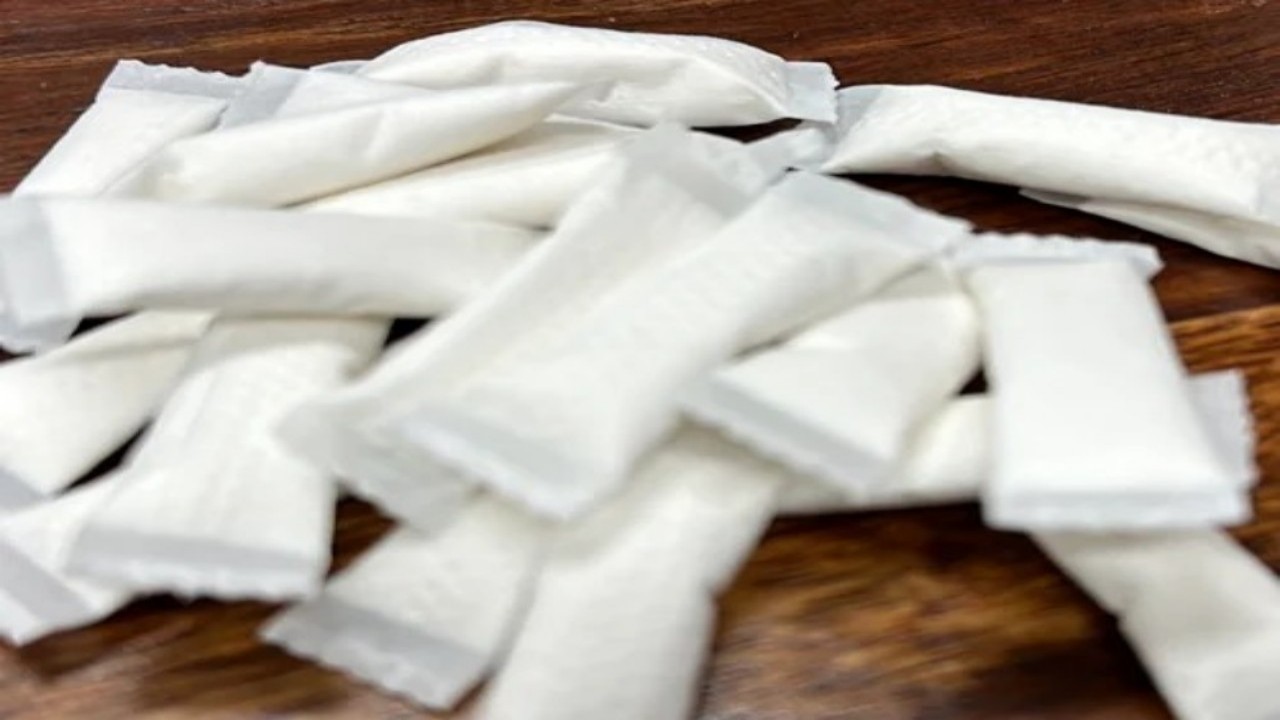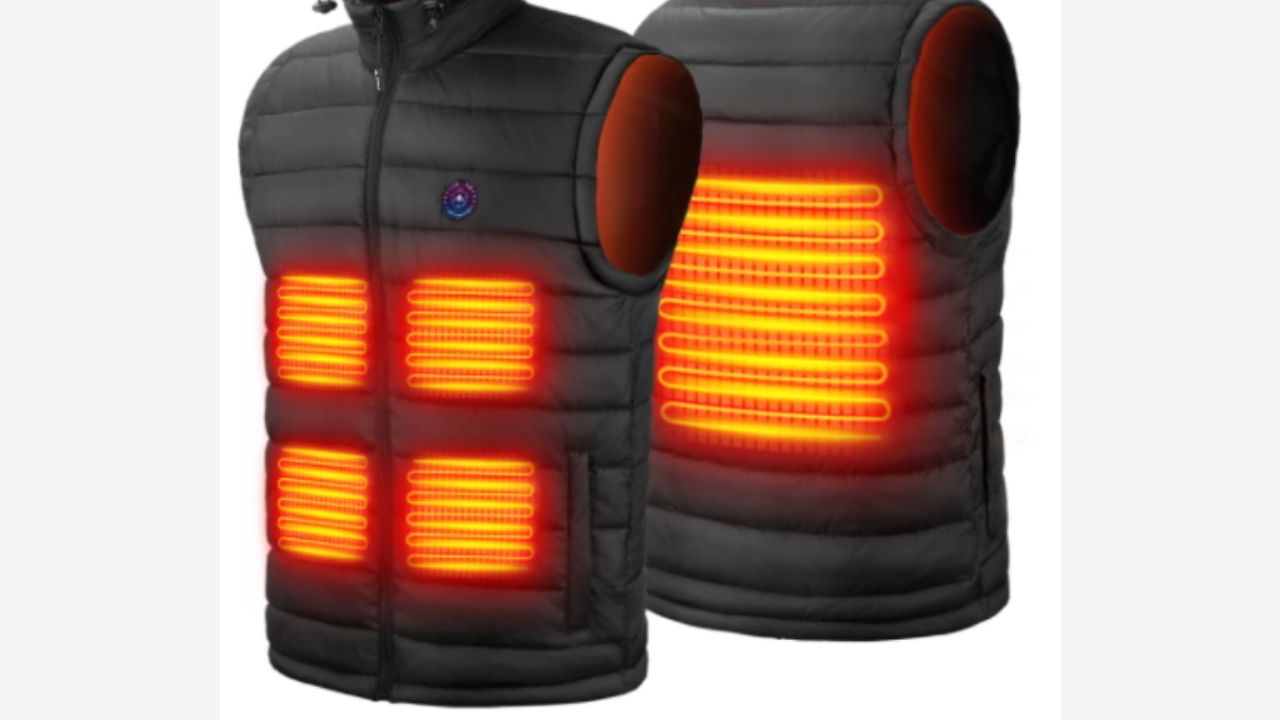Understanding a Brnsted-Lowry acid’s characteristic behavior in aqueous solutions is necessary for its identification among various compounds. Conjugate base products are produced when bases receive protons from these acids. A Brnsted-Lowry acid can be identified by observing changes in pH when it dissolves in water.
These distinct chemical reactions distinguish acids from other compounds, demonstrating their central role in acidic behavior and providing insight into their chemical properties and aqueous environment reactivity. We are going to discover which of the following would most likely act as a bronsted-lowry acid? mc009-1.jpg hcn ccl4 mg(oh)+, in our given detailed article.
Characteristics of Bronsted-Lowry Acids
Brønsted-Lowry acids are substances that give protons (H⁺ particles) in synthetic responses. Beyond the fact that acids release hydrogen ions into water, this idea emphasizes their role as proton donors to bases, which goes beyond the traditional definition of an acid. As per the Brønsted-Lowry hypothesis, acids work with responses by moving protons to bases, shaping form base items simultaneously.
In order to comprehend acid-base equilibria and reactions in aqueous solutions and beyond, this proton-transfer mechanism highlights acids as catalysts in numerous chemical processes.
Methods to Identify a Bronsted-Lowry Acid
These strategies all in all give a hearty structure to distinguishing Brønsted-Lowry acids in view of their trademark ways of behaving in watery arrangements. Understanding these techniques improves our insight into synthetic reactivity and the essential standards administering corrosive base equilibria in different settings.
Dissociation of Acid in Water
The behavior of a Brnsted-Lowry acid in water is one of the primary ways to identify it. Brønsted-Lowry acids give protons (H⁺ particles) to water atoms, bringing about the arrangement of hydronium particles (H₃O⁺) and forming base items. HCl, for instance, completely dissociates in water to produce chloride and hydrogen ions.
This separation is quantifiable by noticing changes in pH, as acids bring down the pH of water because of the expansion in hydronium particles. Solid acids like hydrochloric corrosive separate totally, bringing about a lower pH contrasted with feeble acids, which somewhat separate and yield fewer hydrogen particles.
Testing for pH
Another effective method for identifying Brnsted-Lowry acids is pH testing. Acids lower the pH of aqueous solutions by increasing the concentration of hydronium ions. pH indicators, such as universal indicator paper or pH meters, can measure a solution’s acidity.
Courses of action containing Brønsted-Lowry acids will show pH values under 7, dependent upon the strength and intermingling of the destructive present. For instance, sulfuric corrosive (H₂SO₄) significantly affects pH, while acidic corrosive (CH₃COOH) has a milder impact because of its more fragile corrosive strength.
Bases’ Interaction
The characteristic reaction that Brnsted-Lowry acids undergo with bases to produce water and salts aids in determining their acidic nature. In this proton-transfer reaction, acids donate protons to bases, forming conjugate acid-base pairs. When hydrochloric acid and sodium hydroxide, a potent base, reacts, water and sodium chloride (salt) are produced.
This reaction confirms the acid’s capacity to donate protons and demonstrates the acid’s role as a Brnsted-Lowry acid in chemical equilibrium.
Can you Use Gauth to Solve Chemistry Queries?
Using Gauth to solve chemistry questions requires a streamlined procedure designed to help professionals, as well as students, comprehend and master complex concepts.
Step 1: Access Gauth
To begin with, access Gauth through its web point of interaction or versatile application, guaranteeing a steady web association for consistent collaboration. After that, you can either directly type your chemistry question into the text box or upload an image of handwritten problems for analysis.
Step 2. Initiate Processing
When the inquiry is presented, Gauth’s high-level man-made consciousness calculations start handling. This step includes parsing the inquiry, distinguishing key ideas, and forming an answer procedure custom-fitted to the particular science issue. Contingent upon the intricacy of the inquiry, handling times might shift, yet clients ordinarily get results instantly.
Step 3. Get a Comprehensive Solution
With an endless supply of handling, Gauth gives a definite answer for the scientific inquiry. For better comprehension, solutions frequently include diagrams, step-by-step explanations, and occasionally interactive tools.
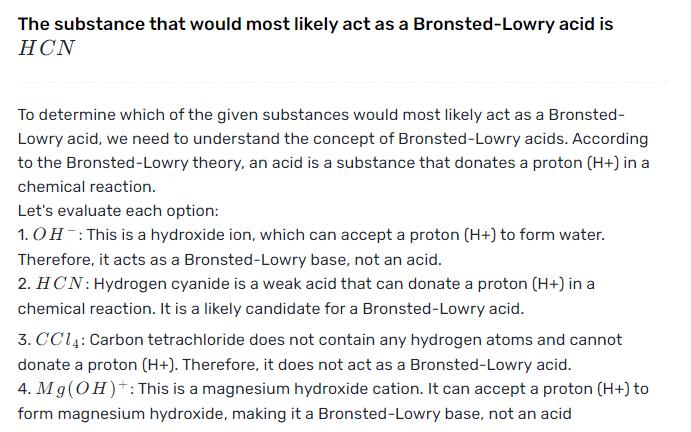
Bottom Lines
Recognizing Brønsted-Lowry acids among various mixtures depends on their trademark capacity to give protons in watery arrangements. Acids can be effectively differentiated based on their acidic behavior and proton-donating capabilities using techniques like pH testing, observing acid dissociation in water, and reactions with bases. Knowing these techniques makes it easier to distinguish acids in a variety of chemical settings.

